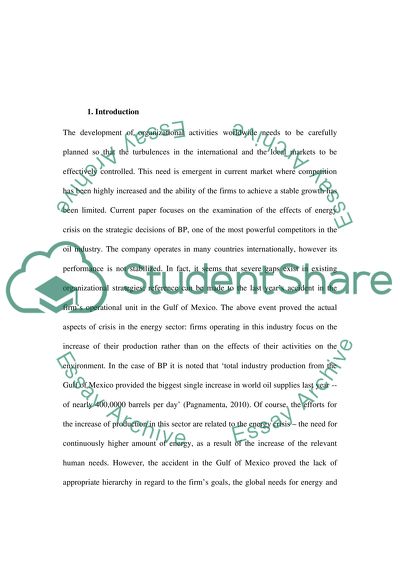Cite this document
(“BP ENERGY CRISIS Essay Example | Topics and Well Written Essays - 2000 words”, n.d.)
Retrieved from https://studentshare.org/environmental-studies/1404897-bp-energy-crisis
Retrieved from https://studentshare.org/environmental-studies/1404897-bp-energy-crisis
(BP ENERGY CRISIS Essay Example | Topics and Well Written Essays - 2000 Words)
https://studentshare.org/environmental-studies/1404897-bp-energy-crisis.
https://studentshare.org/environmental-studies/1404897-bp-energy-crisis.
“BP ENERGY CRISIS Essay Example | Topics and Well Written Essays - 2000 Words”, n.d. https://studentshare.org/environmental-studies/1404897-bp-energy-crisis.


